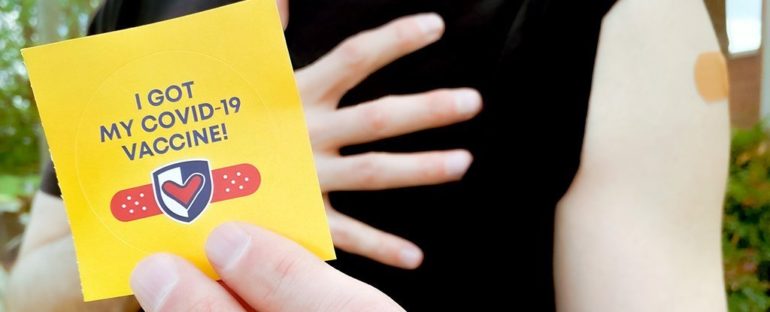As the pandemic has worn on, the idea of the world stopping the SARS-CoV-2 virus completely and going back to pre-pandemic life feels like more and more of a pipe dream.
With unequal vaccination rollouts, dangerous new variants, and a ‘normal’ that still feels distinctly dystopian, the idea that one day we’ll be rid of COVID-19 seems like wishful, even foolish thinking.
But a new analysis by scientists from New Zealand suggests that we shouldn’t give up hope just yet. In a meta-analysis of past studies, and looking at comparisons with smallpox and polio, the team suggests that eradication might still be feasible, even if it wouldn’t be easy.
“Is COVID-19 also potentially eradicable? Or is it inevitably endemic having established itself across the world?” the researchers write.
“While our analysis is a preliminary effort, with various subjective components, it does seem to put COVID-19 eradicability into the realms of being possible, especially in terms of technical feasibility.”
Although on a world scale SARS-CoV-2 is looking very much here to stay, on a small scale, some places have managed to eliminate the virus – even without vaccination.
Large nations such as China, Hong Kong, and smaller ones like Iceland and New Zealand managed to temporarily eliminate the virus before vaccines were released, by using border control, mask wearing, physical distancing, testing, and contact tracing.
Plus, we’ve already managed to eradicate at least one human disease completely before – smallpox. Humans lived alongside smallpox for 3,000 years before an extensive worldwide vaccine campaign succeeded in wiping it out in the ’70s.
Polio is another success story of vaccination and (almost) eradication. Two out of the three serotypes of poliovirus have been eradicated globally, and cases of wild poliovirus decreased by 99 percent from 1988 to 2018.
So, can we do the same with COVID-19? In the study, the team created a three-point scoring system for 17 elimination variables, such as the availability of a safe and effective vaccine, lifespan of immunity, impact of public health measures, and effective government management of infection control messaging.
Looking at these variables, they found that COVID-19 scored 28 points out of 51, compared to polio which scored 26 out of 51. This means that for all those variables, we’re not looking at a perfect score, but we do have a lot of the elements we need in place to be able to consider eradication as feasible.
“In this very preliminary analysis, COVID-19 eradication seems slightly more feasible than for polio, but much less so than for smallpox,” the team concludes.
This means that the goal of eradication would be much harder than what it was for smallpox, but it’s not completely impossible.
The team explains that there are definitely technical challenges for eradicating COVID-19 that didn’t factor as much with polio and smallpox. For example, vaccine hesitancy, and the rapid evolution of viral variants that can outrun global vaccine programs.
There are also the high costs of implementing vaccination programs and upgrading health care systems, plus wild (or domestic) animals serving as a reservoir in which the virus might mutate further.
However, there are also some benefits in trying to eradicate COVID-19 – even if we don’t make it all the way there.
“The upgrading of health systems to facilitate COVID-19 eradication could also have large co-benefits for controlling other diseases (and indeed eradicating measles as well),” the team writes.
“Collectively these factors might mean that an ‘expected value’ analysis could ultimately estimate that the benefits outweigh the costs, even if eradication takes many years and has a significant risk of failure.”
The research has been published in BMJ Global Health.



